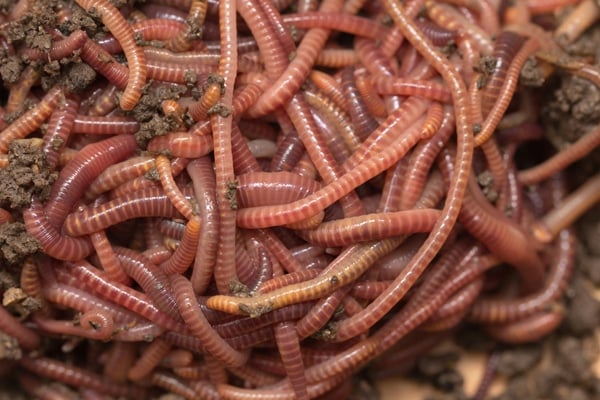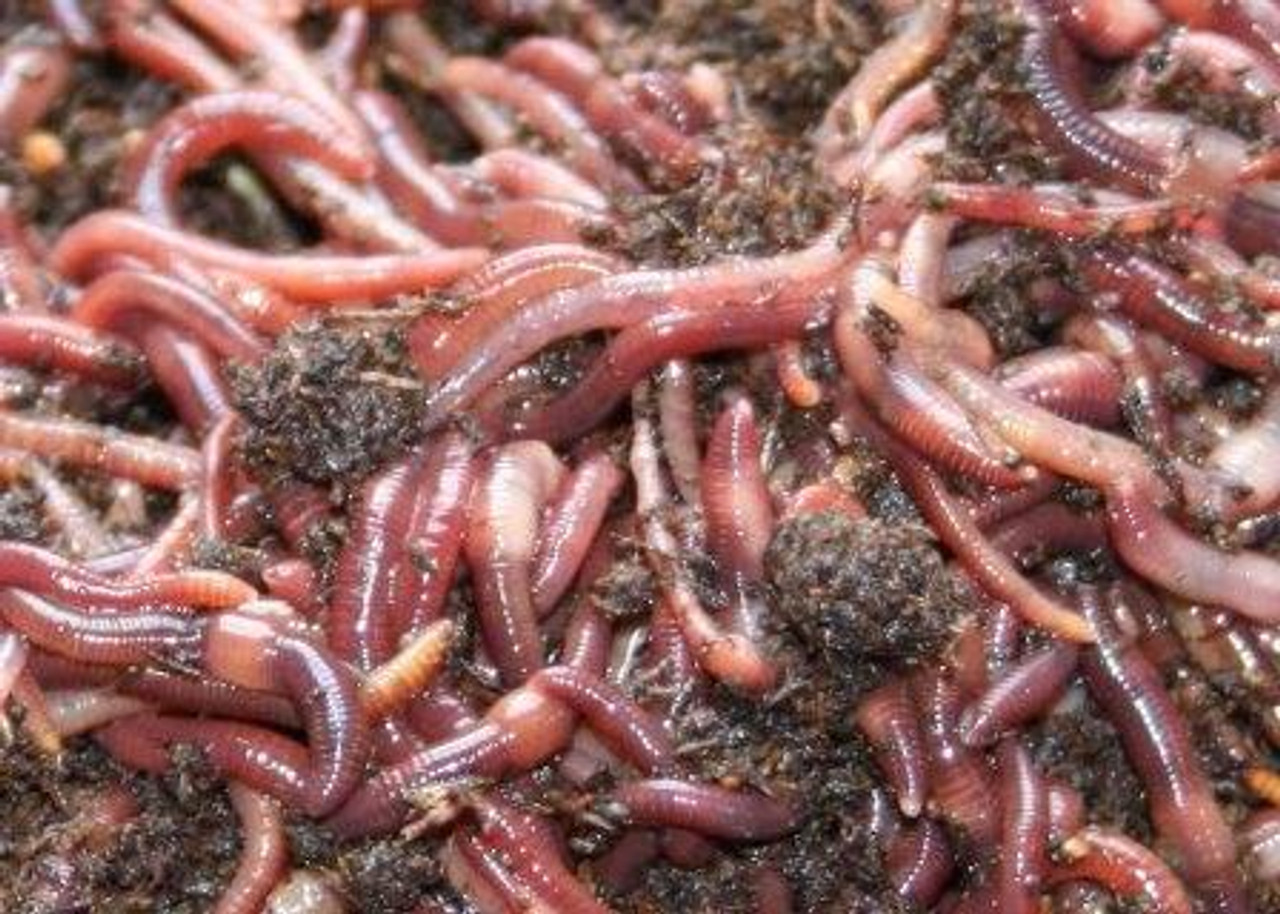Red Wiggler Express: The Best Source for Quality Worms and Bait
Red Wiggler Express: The Best Source for Quality Worms and Bait
Blog Article
Open the Keys of Red Wigglers: Your Overview to Composting Success
The assimilation of red wigglers into composting methods presents a significant possibility for improving soil health and promoting sustainability. Comprehending their needs and actions is vital for enhancing their potential, from establishing up a proper worm container to feeding them the ideal materials.

What Are Red Wigglers?
(Lake Rhodhiss Bait)Red wigglers, medically recognized as Eisenia fetida, are a varieties of earthworm mainly utilized in composting as a result of their amazing ability to decay organic matter efficiently. These worms are identified by their reddish-brown coloration and a fractional body, normally measuring in between 3 to 4 inches in length. Unlike various other earthworm types, red wigglers prosper in rich, natural environments, making them excellent for vermicomposting systems.
Belonging To The United States And copyright, they are typically found in decomposing fallen leaves and compost heaps, where they play a vital role in nutrient recycling. Their adjustment to living in a damp, cardio environment enables them to take in huge quantities of natural waste, simplifying right into nutrient-rich spreadings that improve dirt health and wellness.
Red wigglers recreate quickly, with a solitary worm qualified of generating several cocoons each week, each including several hatchlings. Comprehending the biology and actions of red wigglers is crucial for maximizing their potential in composting applications.
Benefits of Making Use Of Red Wigglers
Utilizing the power of red wigglers in composting provides many advantages that improve dirt health and wellness and advertise lasting waste administration. These impressive microorganisms successfully damage down raw material, changing kitchen area scraps and lawn waste into nutrient-rich vermicompost. This finished product is extremely useful for plant growth, as it improves soil framework, increases dampness retention, and improves nutrition accessibility.

(Red Wiggler Express)In addition, the existence of red wigglers in your composting system can accelerate the composting procedure, creating premium compost in a portion of the time compared to typical techniques. The castings produced by these worms are also bristling with helpful bacteria that further improve the soil ecosystem.
Establishing Your Worm Bin
Creating an effective worm container is a simple procedure that can substantially enhance your composting initiatives. The first action is selecting an ideal container. Worm containers can be made from plastic storage bins, wood boxes, or commercially readily available worm bins. Ensure the container has adequate water drainage and ventilation openings to preserve optimum dampness degrees and air flow.
Next, prepare the bedding material, which serves as the worms' environment. A mix of shredded paper, cardboard, and coconut coir functions well, giving a comfortable environment for the worms.

Feeding Your Red Wigglers
To make certain the wellness and efficiency of your red wigglers, it is necessary to supply them with a balanced diet that fulfills their dietary needs. Red wigglers thrive on a varied variety of organic materials, which not just provide required nutrients yet additionally promote efficient composting.
Beginning by integrating kitchen scraps such as veggie peels, fruit cores, and coffee premises. Prevent citrus fruits, onions, and garlic, as these can be harmful to worm health. Furthermore, introduce shredded paper, cardboard, and completely dry leaves to develop a well-aerated atmosphere.
Feeding regularity must be kept an eye on; normally, worms can consume half their body weight in see this website food weekly. It is essential to stay clear of overfeeding, as excess food can cause unpleasant smells and attract bugs. A good method is to include food in percentages, allowing worms to refine it prior to introducing extra.
Maintaining wetness degrees is likewise essential; the bedding needs to be damp yet not soggy. Be certain to on a regular basis check the temperature and pH degrees of the container to guarantee an optimum atmosphere for your red wigglers, ultimately boosting their composting efficiency.
Harvesting and Using Garden Compost
An effective composting procedure with red wigglers culminates in the rich, dark compost referred to as vermicompost, which can considerably improve soil health and wellness and plant growth. Gathering this nutrient-dense product typically occurs every three to six months, depending upon the size of your system and the amount of natural issue being processed.
To harvest, delicately different the compost from the worms and any undecomposed products. One reliable approach includes moving the contents of the container away and adding fresh bedding and food to the void, encouraging the worms to migrate. After a couple of days, the compost can be gathered from the opposite side.
It is essential to use vermicompost appropriately to optimize its benefits. By incorporating vermicompost into your gardening program, you not just recycle organic waste but likewise create a flourishing ecological community that supports lasting horticulture practices.
Final Thought
In summary, red wigglers serve as remarkable allies in composting initiatives, changing organic waste into nutrient-rich vermicompost (Red Wiggler Express). Their one-of-a-kind biological characteristics and effective waste handling capacities contribute substantially to lasting gardening practices. By recognizing the optimum problems for their habitat, feeding demands, and garden compost harvesting strategies, garden enthusiasts can enhance soil health and wellness and advertise plant vigor. Welcoming vermicomposting not only lowers landfill waste however likewise cultivates an extra eco responsible method to gardening and resource administration.
Report this page